Who is the Most Powerful Military Figure in Yemen’s Anti-Houthi Coalition?
Starting in a Salafi Islamic school, he transitioned into the honey trade and construction industry before emerging as a formidable military leader.
Rise to Power
Abdulrahman Saleh Zain Aqeel Al-Mahrmi, known as "Abu Zara’a Al-Mahrmi," is a Yemeni businessman, military commander, and politician born on February 3, 1980, in Jabal Muharram, Rasd District, Yafa, Abyan Governorate. Coming from a well-known Yafe’i tribal family, his father served as senior security officer of Yafa districts. As a child, his family relocated to Aden, where he excelled academically, earning top grades in school and memorizing the entire Quran during high school.
After graduating, Abu Zara’a moved to Dammaj in Saada Governorate to study Islamic sciences at Muqbil bin Hadi al-Wadi‘i’s Dar al-Hadith Salafi Center. While not definitively verified, John Walker Lindh—the so-called “American Taliban”—is alleged to have spent time at al-Wadi‘i’s institute in Dammaj before leaving for Pakistan.
Several individuals linked to violent extremist organizations have reportedly had ties to Yemeni Salafi institutions, including Dar al-Hadith in Dammaj. Among them is Nasir al-Wuhayshi, the former leader of Al-Qaeda in the Arabian Peninsula (AQAP) and personal secretary to Osama bin Laden, who studied in Dammaj before joining Al-Qaeda in Afghanistan. Others with similar alleged affiliations to Salafi centers in Yemen include Saeed al-Shehri (former AQAP deputy leader and ex-Guantanamo detainee), Hareth al-Nadhari (a senior AQAP ideologue), Ibrahim al-Rubaish (an AQAP cleric and former Guantanamo detainee), Shawki al-Badani (an AQAP operative linked to attacks in Yemen), and Abu Jandal al-Kuwaiti (a senior ISIS commander in Yemen known for his ties to Salafi networks).
However, it is important to clarify that not every member of Dar al-Hadith in Dammaj is linked to terrorism, nor does it mean that every Salafi is associated with Al-Qaeda. Historically, Al-Qaeda has recruited from the ultra-conservative segment of Salafis in Yemen, but Dar al-Hadith itself was primarily a quietist Salafi institution, focused on religious education rather than militant activities.
Upon his return from Damaj, he apparently worked in contracting and the Yemeni honey trade sector. Additionally, he served as an arbitrator, mediating disputes among conflicting traders and contractors.
However, with the outbreak of war in Yemen in 2015, he rapidly transitioned from religious studies to military operations. He swiftly established ties with UAE forces deployed in Aden under the Saudi-led coalition and successfully secured the Mansourah district from the Houthis. It is worth noting that thousands of Yafa tribesmen migrated to the UAE during the 1980s, forging deep-rooted connections with the Emirati leadership and society over the years.
Additionally, he allegedly expelled Islamic State and Al-Qaeda fighters from the surrounding areas. He then founded and commanded the Southern Giants Brigades, leading critical battles, including the Golden Spear operation on the western coast, advancing to the outskirts of Hodeidah. He also played a pivotal role in the liberation of Bayhan districts in Shabwa and Harib in Marib during the Southern Cyclone operation. To date, and to the best of my knowledge, he remains the only military commander who has never lost a single major battle against the Houthis.
His battlefield success led to his appointment on April 7, 2022, as a member of the Yemeni Presidential Leadership Council (PLC). Abu Zara’a is known for his aversion to media attention, preferring to focus on field operations, earning him widespread respect among military circles and the public.
Strategic Alliances and Political Influence
On May 8, 2023, President of the Southern Transitional Council (STC), Aidarous Al-Zubaidi, appointed Abu Zara’a as Vice President of the STC. On August 29, 2024, he was tasked with overseeing the security and counter-terrorism file, granting him full supervision of security forces and restructuring operations.
The Southern Giants Brigades, which he commands, comprise approximately 15 military brigades, established between 2016 and 2018 with UAE support. The Giants Brigades are estimated to have between 15,000 and 50,000 fighters, based on various sources. Anadolu Agency reports that the brigades consist of approximately 15 brigades, each comprising around 1,000 soldiers, with variations in size. Conversely, Sky News Arabia states that the brigades include 17 units, with a total estimated force of 50,000 troops. However, unverified reports puts the number at 90,000 in 2025.
The Security Belt Forces, a security formation in southern Yemen, were established in March 2016 and received significant support from the United Arab Emirates. These forces operate under the STC and are active in several southern governorates, including Aden, Lahij, and Abyan.
In 2017, the Security Belt Forces numbered over 10,000 soldiers. By 2020, this number had increased to approximately 33,000, with around 13,000 stationed in the capital, Aden.
The forces consist of elements with separatist tendencies and have received training and logistical support from the UAE. However, they have been accused of human rights violations, including running secret detention centers and engaging in torture.
Tensions and Internal Conflicts
In August 2024, tensions escalated between Abu Zara’a and Dr. Yahya Al-Shaibi, Director of the Presidential Office, over government appointments and financial oversight. Al-Mahrmi sought to appoint individuals loyal to him, but Al-Shaibi blocked these attempts, citing procedural regulations. This led to armed forces affiliated with Abu Zara’a storming a Presidential Office in Aden, forcing Al-Shaibi to depart to Germany. However, that episode appears to have been resolved, as both Abu Zara’a and Al-Shaibi have been seen attending PLC meetings together.
Additionally, in August 2023, Abu Zara’a’s forces stormed Ma’ashiq Palace in Aden, where former Prime Minister Maeen Abdulmalik resided, preventing entry and exit. The standoff was reportedly over a business deal dispute linked to an associate of Abu Zara’a.
These incidents highlight the growing tensions within Yemen’s PLC and underscore the broader challenges facing the anti-Houthi coalition in maintaining internal cohesion.
Rebranding as the Face of Anti-Corruption
Abu Zara’a Al-Muharrami is now positioning himself as the leading force in the fight against corruption, branding his leadership as a necessary step toward administrative stability in Aden. In what is being portrayed as a bold and decisive move, the PLC has approved a report led by Al-Muharrami’s field committee, solidifying his role as a reformist. Under Resolution No. (30) of 2024, three senior officials in the Prime Minister Ahmed bin Mubarak's Office—Anis Baharatha, Ali Al-Nuaimi, and Muti’ Damaj—were suspended for administrative violations following a detailed investigation. This decision is being hailed as a major victory against political lobbies accused of obstructing governmental reforms. Al-Muharrami’s efforts have been presented as an aggressive push to dismantle entrenched corruption, proving that strong leadership can bring about systemic change. With a firm stance on enforcing administrative and legal order, he sends a clear message that the era of leniency for corrupt officials is over. His supporters argue that Aden now has a real opportunity to break free from corruption’s grip and move toward stability and economic revitalization.
Accusations of Corruption and Abuse of Power
However, while Al-Muharrami crafts an image as an anti-corruption champion, his own actions have drawn accusations of corruption and abuse of power. Critics argue that he is not eradicating corruption but rather centralizing power for his own benefit. Reports allege that he deployed military forces to storm the local authority building in Al-Buraiqeh, coercing employees to sign unlawful documents facilitating the seizure of Aden University lands for the benefit of influential businessman Hussein bin Hadi Al-Yafei, a close associate of his. When employees resisted, armed units were sent again, using threats and intimidation to force compliance. This, coupled with past accusations—such as his takeover of Al-Mamdara Market, where he reportedly overruled judicial decisions to favor his allies—paints a starkly different picture of his leadership.
Personal Motivations and Ultimate Allegiances
Abu Zara’a’s maternal uncle, Major General Ahmed Saif Al-Ya’afiq, was Deputy Chief of Staff of the Yemeni Armed Forces before being killed in combat against the Houthis on February 22, 2017. This loss has deeply personal significance for Abu Zara’a, fueling his strong anti-Houthi stance.
Despite his rise to power, Abu Zara’a avoids public appearances and media exposure, aligning with the Salafi ideology of shunning personal glorification. His ultimate loyalty is believed to lie with UAE President Mohammed bin Zayed, rather than the Yemeni government or STC leadership, shaping his strategic decisions and allegiances.
Abu Zara’a Al-Mahrmi is not merely a military commander but a key power broker in Yemen’s ongoing conflict. His pragmatic approach to politics, strong ties to the UAE, and personal vendetta against the Houthis make him one of the most influential figures in the anti-Houthi coalition today.
However, it is only a matter of time before other members of the anti-Houthi coalition and the PLC grow uneasy with Abu Zara’a. His rapid and unchecked ascent to power may soon be perceived as a threat, prompting concerns about his expanding influence. Other non-Islamist political movements in southern Yemen are increasingly wary of the rise of a Salafi Islamist movement backed by a formidable military force. They fear the long-term implications this could have on their political influence and cultural identity, raising concerns about potential shifts in the region’s ideological and governance landscape. For the near future, Abu Zara’a’s actions will likely continue to shape the future of Yemen’s security landscape and geopolitical alignments.




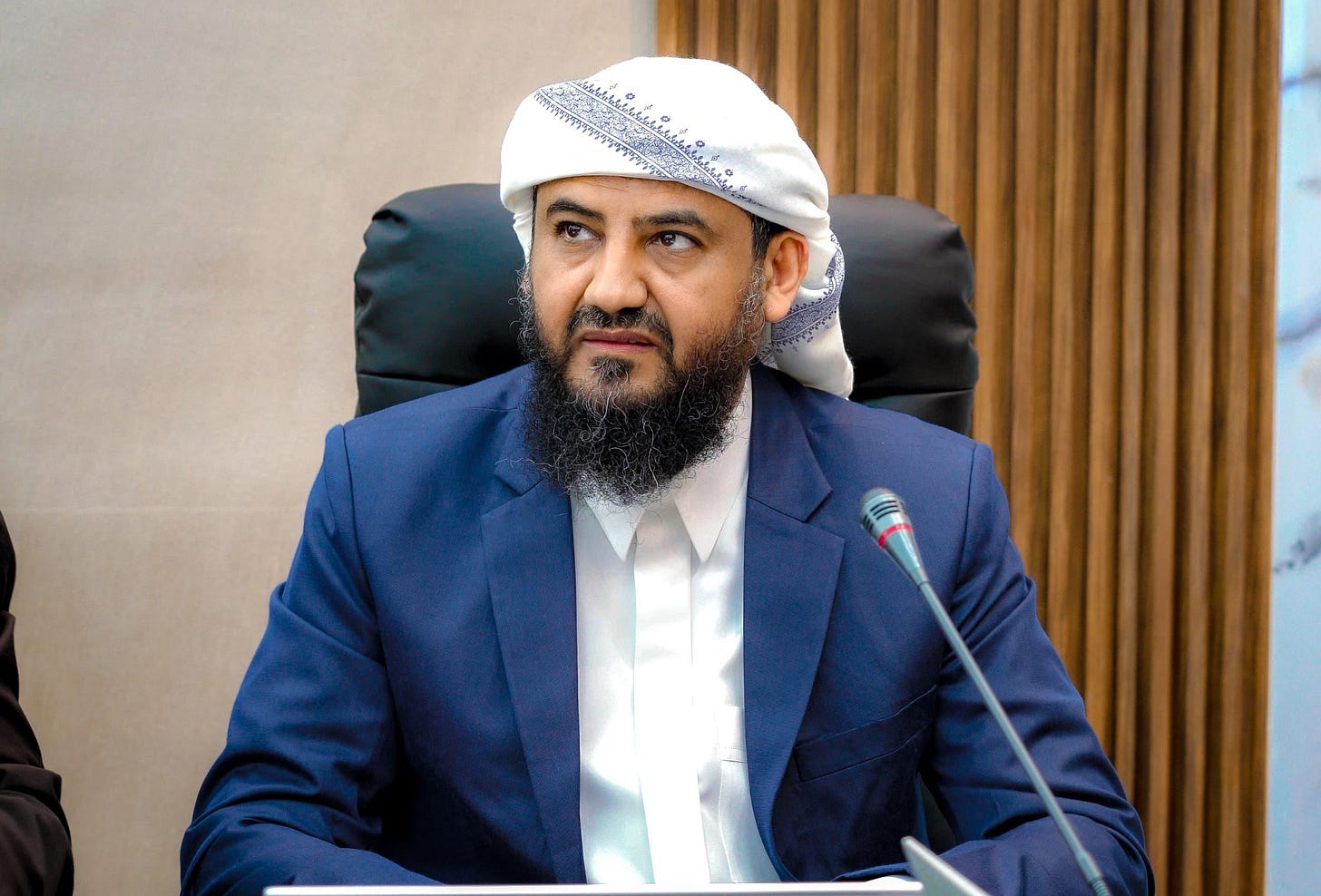

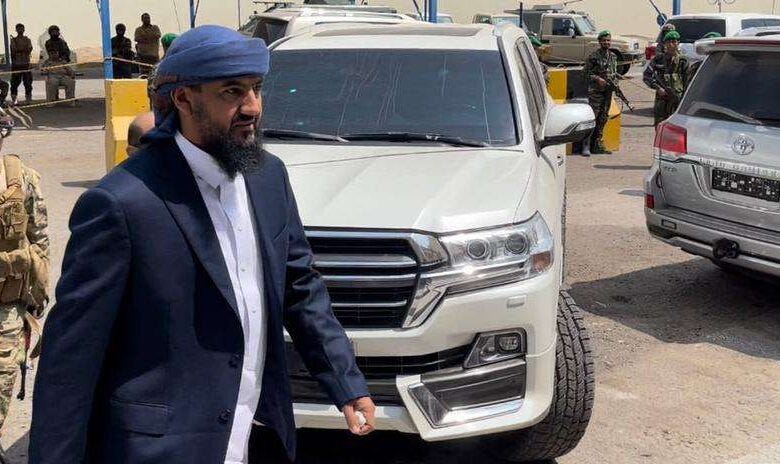


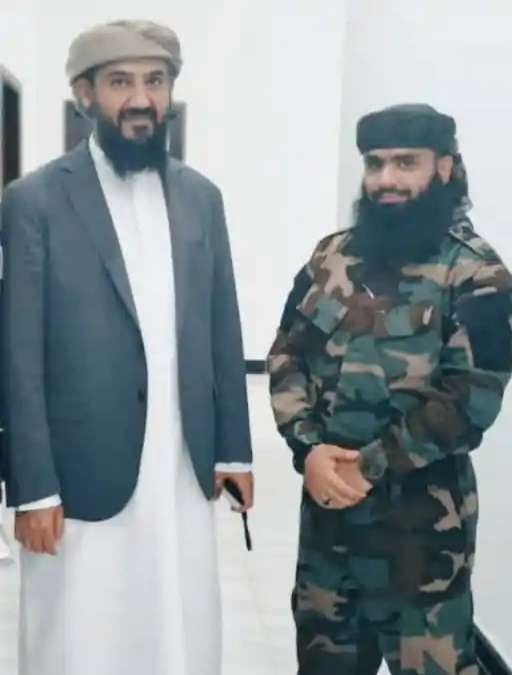
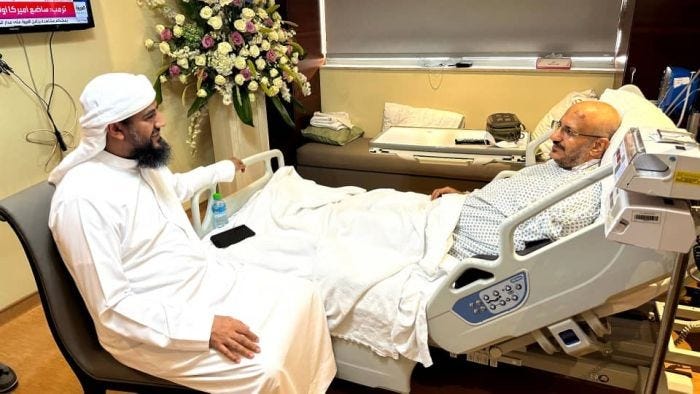
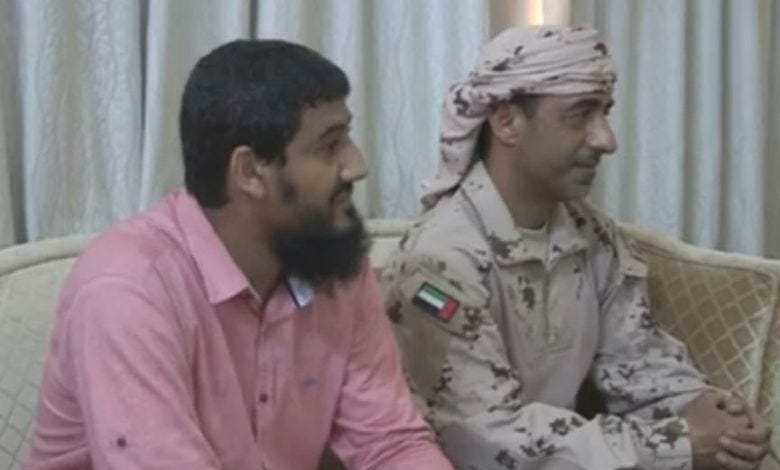
This article contains several discrepancies, including numerous instances of false accusations and media propaganda, particularly from former Yemeni Prime Minister Maeen Abdul Malik, who was replaced due to widespread corruption. The account of the Yahya Alshaibi and Mahrami conflict you presented is inaccurate. It was revealed that Alshaibi, under orders from Alalimi, was operating a recruitment ring, secretly training individuals from Taiz to place them in government positions. The claim about storming of Maashiq Palace is also false, as the official government news outlet, Saba News, issued a statement declaring it as fake news https://www.sabanew.net/viewstory/116725 . It's disappointing that you relied solely on media outlets' reports about Almahrami without conducting proper investigation to uncover the truth.
You are a North Yemeni who worked with the Saleh government after all, and still push GPC propaganda, so I don't expect you to write anything but lies about southern leaders.